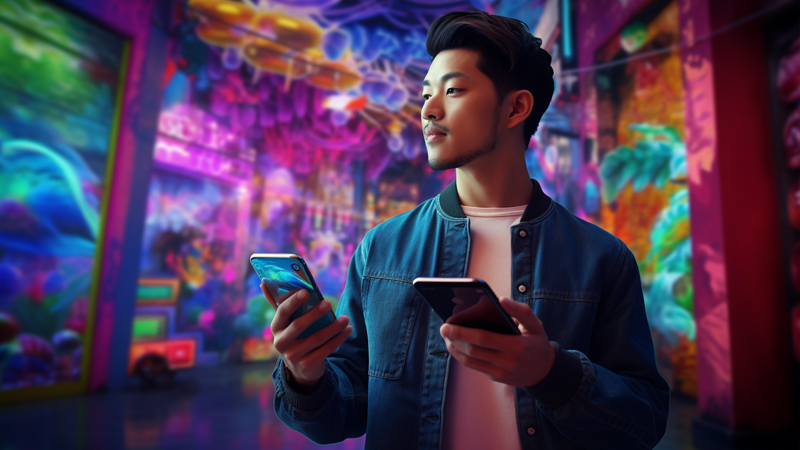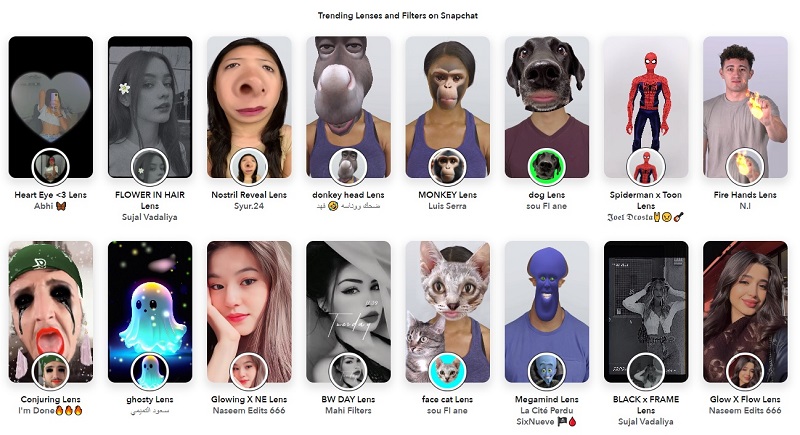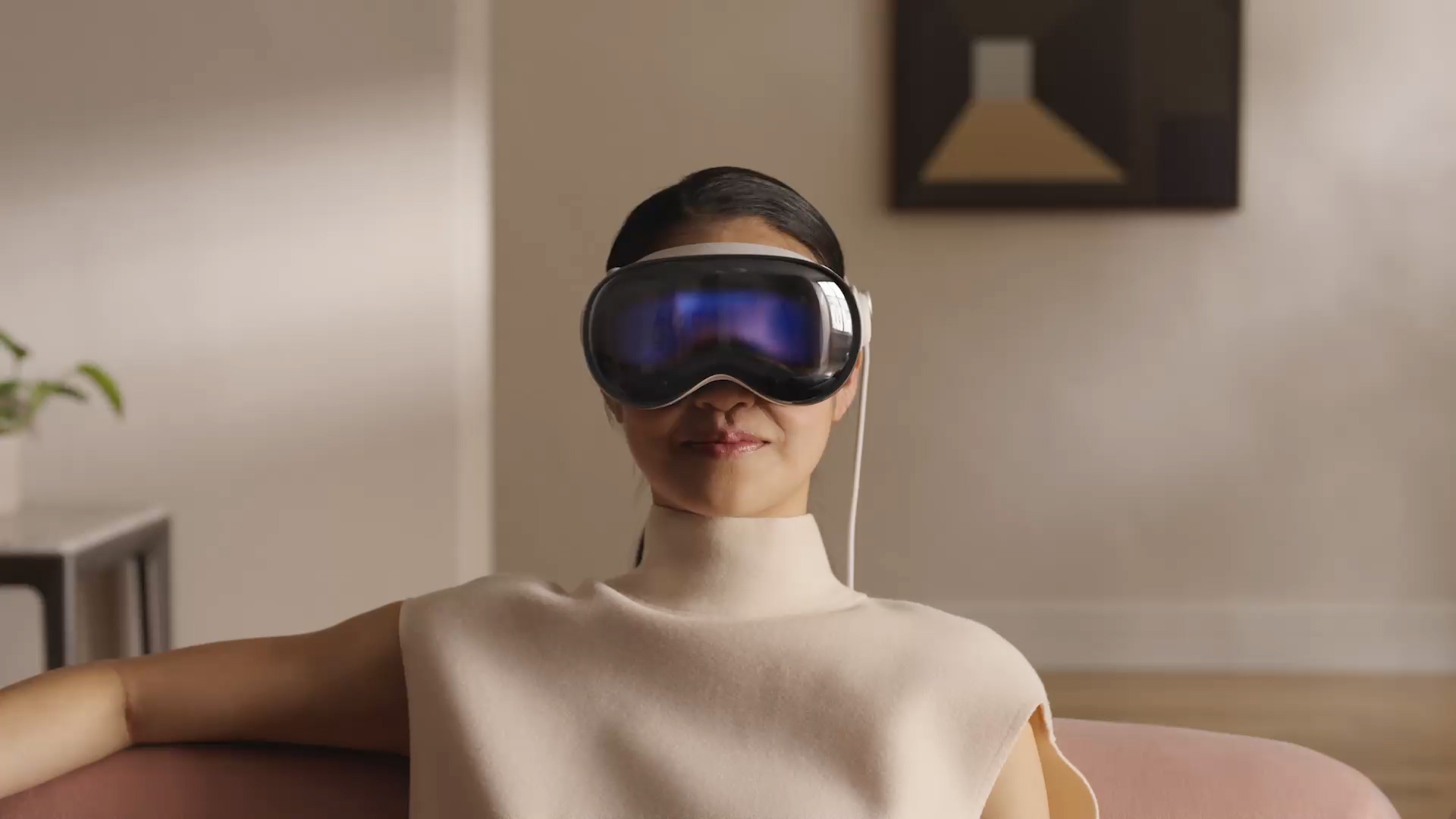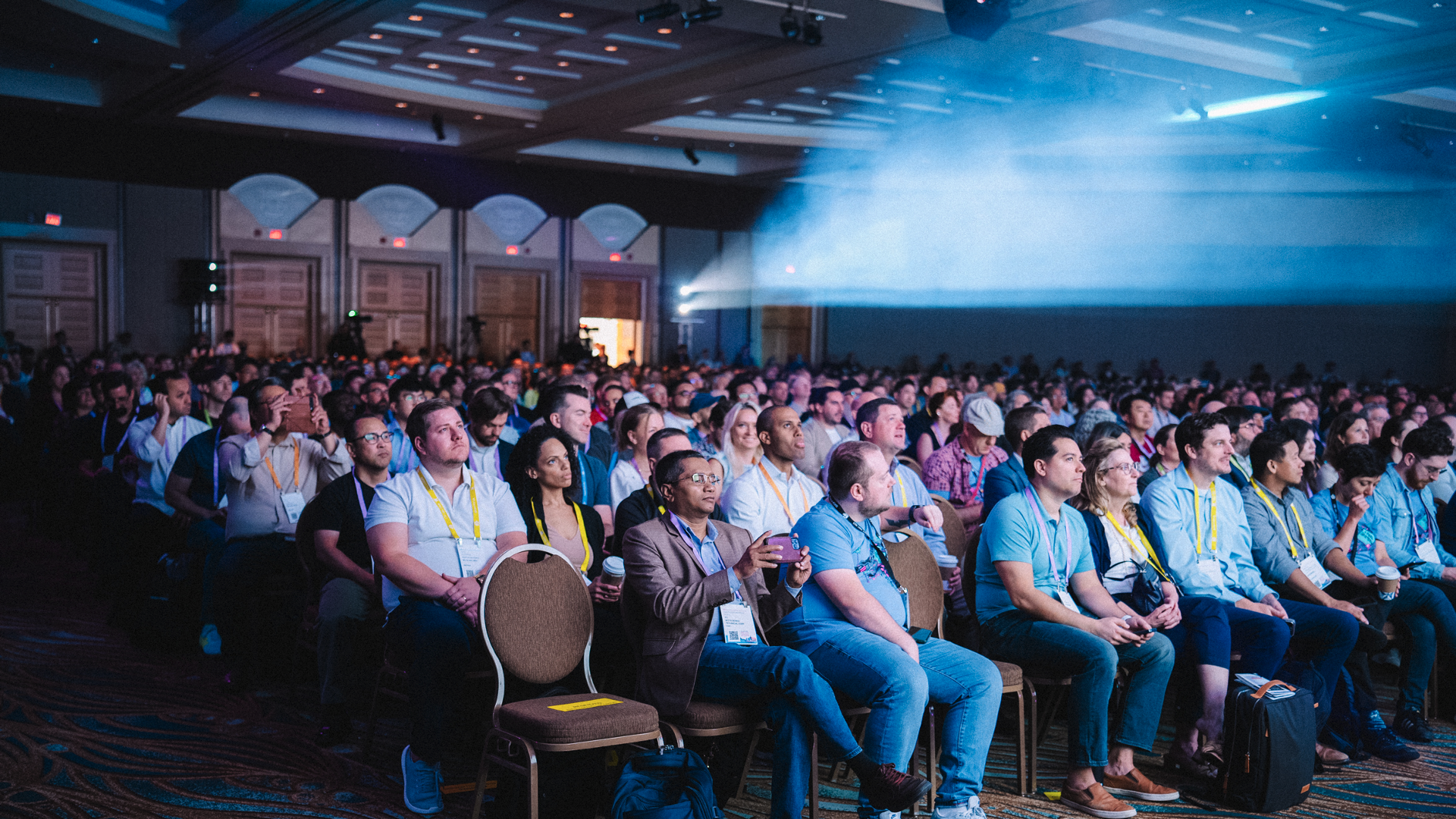Brands are constantly seeking innovative ways to engage with their audiences. As we've explored in previous posts, XR technologies such as augmented reality (AR) and virtual reality (VR) are transforming the way consumers and brands interact. Today, we delve into another great benefit that XR technology can offer brands: the ability to create shareable content that not only captivates audiences, but also becomes a talking point, or even a ‘must-try’ for users.
The Novel Yet Accessible World of AR
Augmented reality is clearly the frontrunner when it comes to being highly shareable. For the purposes of this post, VR will probably have to sit this one out, as the truth of the matter is that not everyone has a VR headset, however, almost everyone has a smartphone that can access the internet these days.
With that comes one of the most compelling aspects of AR – its accessibility. With billions of smartphones in the hands of potential customers worldwide, the reach of mobile AR is virtually limitless. This makes it an ideal medium for creating content that is easily shareable. Plus, it still seems that many users continue to find that the novelty of an augmented reality filter or lens has not yet worn off.
Viral Filters That Spark Conversations
Take, for example, the concept of viral filters on social platforms like Snapchat, Instagram, and TikTok. Essentially, any filter on these platforms that alter a user’s face or surroundings are inherently augmented reality experiences at their core, in that they are augmenting either the user themselves, or their surrounding environment.
In fact, you only need to briefly look at Snapchat’s ‘Trending Lenses and Filters’ page in order to realize that the majority of filters there consist of AR experiences. Sure, there are also non-AR filters that change the color palette of an image or video, but the majority of those that are trending (at least in Snapchat’s case) alter the user’s face or surroundings in some way.
Still, that is not to say that it is only interactive filters that get shared. Users will also share videos and content on social media that resonates with them, regardless of whether or not they can personally interact with the filter themselves. Whether there is a meme or joke that they want to send to a group of friends, a sketch that reminds them of a conversation they had with a family member the other day, an inspirational quote, or something else entirely – all content on social platforms is ultimately shareable in some way. And the more likes and shares garnered, the better the algorithms respond to that piece content, thus making it even more shareable.
The Value of Shareable Content
The value of creating shareable content that utilizes XR technology is immense. Not only does it increase brand visibility, but it also fosters engagement and creates a buzz that resonates with both existing and potential customers. Shareable content acts as a catalyst for organic conversations about your brand, amplifying your message without the need for aggressive advertising tactics.
Moreover, the data collected from these interactions can provide invaluable insights into consumer behavior, preferences, and engagement levels, helping brands to fine-tune their future marketing strategies.
It is no secret that these filters can quickly become cultural phenomena, sparking conversations and increasing brand recognition with all who engage with them. Snapchat is of course one of the leaders in the space when it comes to creating fun and engaging Lenses for users.
Anyone that has experienced the “Shook Lens” by Snapchat will know exactly what we are talking about. When it was first introduced to the world in 2022, it seemed that you couldn't escape seeing videos using the Lens, regardless of what social platform you were on (in fact, many people likely downloaded Snapchat just to try the Lens out after seeing it through another social platform). Plus, the Lens even worked on pets, which only added to its virality after users discovered they could apply the filter to their dogs.
Other examples of viral content that utilized AR includes Clancy’s Auto Body – an auto body repair shop located in Fort Lauderdale. At first glance, the name and even nature of this brand doesn’t exactly scream instant viral success, but TikTok users would argue otherwise. Through the clever use of simple memes and some augmented reality object placement filters, this Florida-based vehicle shop almost broke the internet with its hilarious TikTok debut.
To date, the video has received 25.5 million views, and 4.5 million likes (if you don’t use TikTok still, then that’s a LOT of views and likes). The company itself also has nearly a quarter of a million followers on the social platform, thanks to an amazing piece of marketing that didn’t really try to push the brand or its products in any way at all.
The case of Clancy’s just goes to highlight that all it takes is one creative and novel idea that captures the imagination of both users and your audience. For the most part, the filter is really just the vessel through which a user’s imagination is unlocked – much of the heavy lifting in terms of actually making content these days is done by the content creators themselves. And, given that anyone who makes content is technically a creator on these platforms anyway, most of the time these creators are the audience that a brand is trying to reach anyway.
Of course, there is work required to build a filter, but once it is out there, the rest of the process can be pretty hands-off for many brands. What's more, filters that go viral (and that themselves turn into a meme) can continue to be re-used in many settings, making AR filters a continuous source of new content.
How It Works: The Mechanics and Implementation of Shareable Content
So, how do you build a filter that is shareable? Well, creating shareable content in AR is more straightforward than you might think. When it comes to implementation, brands have a range of options. One of the most straightforward methods is to create AR filters that are accessible via smartphones on popular social platforms like Snapchat, Instagram, and TikTok. Platforms such as Meta Spark Studio for Instagram, Lens Studio for Snapchat or Effect House for TikTok provide the tools necessary for brands to create these experiences.
| Meta's Spark Studio offers a range of high-powered AR features and functionality that enable creators to build immersive filters for Facebook and Instagram. These filters are not just for changing faces though - Meta Spark Studio also empowers creators and developers to build effects that use a smartphone's camera to detect the depth and dimensions of the real world, over which AR layers or experiences can be added. Video Source: Meta |
But it's not just about the social media giants. Custom WebAR experiences can also be integrated into a brand's website or even its email marketing campaigns, offering a seamless transition from the email or webpage directly to the AR experience.
The main focus for brands should be to have an engaging idea for their AR filter or experience that encourages users to share. The beauty of this approach is that the content doesn't have to be heavily branded to be effective. A well-designed filter that offers a fun or unique experience can be enough to get people talking, sharing, and inadvertently promoting a brand.
| At AWE USA this year, Luke Hurd and Lianne Baron explored some of the skills and strategies necessary to create stand-out experiences in the fast-paced and disruptive world of AR creation. Their presentation covered how creators tailor large-scale AR experiences to meet the needs of different audiences, using AR installations at Coachella as the backdrop. |
How To Find The Inspiration For Shareable AR Experiences?
To create content that will truly be shareable, brands often need the right inspiration. Whether it comes directly from a brand’s customers themselves, or from XR agencies, consultancies and creators who know how to build AR experiences that really speak to consumers, there is no silver bullet or simple answer.
However, one way that definitely helps in the search for inspiration is by being surrounded by a community of experts and professionals who build AR experiences and filters for a living, passion, or hobby. And the best place to surround yourself with likeminded XR experts and enthusiasts is without a doubt at AWE’s global events and conferences.
So, if you're a brand looking to break new ground and reach your audiences in new and engaging ways that utilize the power and magic of augmented reality technology, the world of XR almost certainly has something to offer. And there is no better place to step into this world than at AWE EU in Vienna this October.
Tickets are available now, so make sure you don’t miss this year's leading European XR event and gathering, where you'll be able to talk first-hand with:
-
Some of the global brands already employing the use of XR across their marketing campaigns;
-
The major platforms that are helping brands facilitate their shareable AR moments and experiences; and
-
The content creators who are living and breathing social AR filters and know many of the tips and tricks to achieving viral success.
Discover your XR branding journey at AWE EU 2023
Stay tuned for more posts in this series, where we’ll continue to share insights on how XR is revolutionizing brand experiences.





